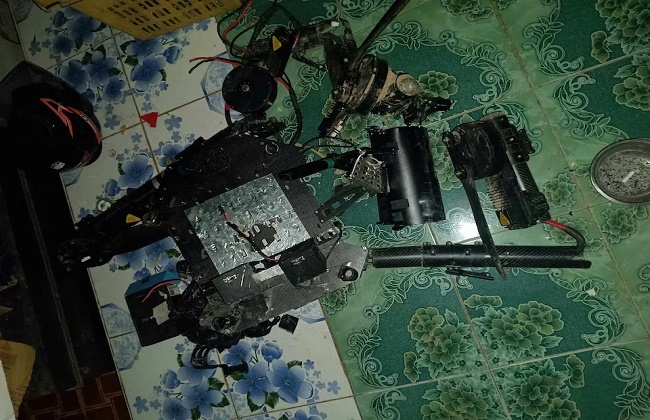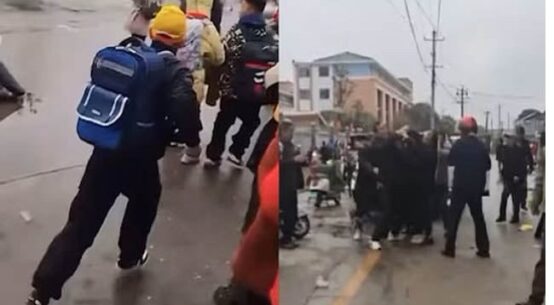
Myanmar’s resistance fighters notched decisive breakthroughs last year by relying on a scattered fleet of drones in battles against one of Southeast Asia’s most feared militaries.
But as the civil war grinds on, the rebels increasingly find their familiar weapons – Chinese-made commercial drones modified to carry arms – in the unfamiliar hands of the country’s ruling junta, according to seven people with knowledge of the matter.
“The battle is changing now as drones are being used by both sides,” said a 31-year-old rebel fighter in the country’s southeast, identifying himself by the nom de guerre of Ta Yoke Gyi.
He said the junta began using armed unmanned aerial vehicles (UAVs) to attack the rebels at around the turn of the year and that his unit recently shot down a drone, which they identified as Chinese from its components and had been modified for combat. Two rebel fighters in other parts of Myanmar also described similar skirmishes to Reuters.
The news agency interviewed four resistance fighters, two analysts and an official from a country in the region who tracks the conflict. They described for the first time specifics about the junta’s use of Chinese-manufactured drones that are jerry-rigged to carry explosives. Some of them spoke on condition of anonymity because of the sensitivity of the issue.
Some resistance fighters have been injured by the junta’s drones, said Ta Yoke Gyi. “They’ve become better at using them.”
The junta started procuring thousands of Chinese commercial UAVs at the start of the year that it is modifying to arm with locally-manufactured munitions, said Min Zaw Oo, executive director of the Myanmar Institute for Peace and Security think-tank.
He said he obtained information on junta drones from military officials and people with knowledge of weapons production.
A junta spokesman did not respond to calls seeking comment. The military has not spoken publicly about its recent use of UAVs. Regime leader Min Aung Hlaing said last year that rebels had dropped over 25,000 bombs using drones during a major October offensive on military posts, some of which had to be abandoned.
In response to a Reuters question, Chinese foreign ministry spokesperson Lin Jian said: “China has always adopted a prudent and responsible attitude in the export of military products and dual-use items.”
A spokesperson for the shadow National Unity Government, part of the anti-junta resistance, did not return a request for comment.
Myanmar’s military also ordered about 12 armed CH-3 UAVs from China around 2013, according to an estimate by the Stockholm International Peace Research Institute’s arms transfer database.
But the junta isn’t using such aircraft during offensives, instead deploying multi-rotor commercial drones – including ones designed for agriculture – in the latest sorties, the resistance members said.
Four rebel fighters told Reuters they had only seen a handful of junta drones at a time on the frontline in recent months, suggesting the military hadn’t deployed all the newly procured aircraft.
Reuters could not independently establish why the CH-3s were not being used for offensive operations or why the junta does not appear to have engaged in mass deployment of the Chinese-made commercial drones.
More than three years since its dawn coup abruptly ended Myanmar’s tentative experiment with civilian democracy, the junta is at its weakest, having lost vast territories to an opposition comprising new armed groups and established ethnic armies.
While is hard to predict the trajectory of the civil war in the coming months, the resistance appears to have lost its early advantage of being the main fighting force using drones, said the Myanmar Institute’s Min Zaw Oo, a view supported by another analyst and Ta Yoke Gyi.


